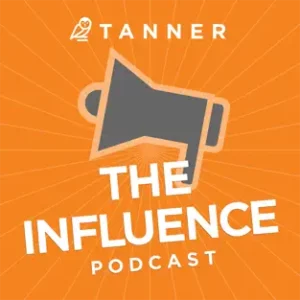
by Crystal Bush, Assurance Manager
As companies begin to focus on their 2020 audits many are faced with the glaring question, “What did Covid-19 do to the value of our goodwill?”
At a high level, businesses are required to evaluate goodwill for impairment annually and generally most businesses choose to perform that evaluation at or near their fiscal year end. However, if there is a triggering event in the course of that year the business must perform their analysis using the facts and circumstances as of the event date. A list of example events and circumstances can be found here, and include the following but are not limited to:
- Macroeconomic conditions such as deterioration in general economic conditions;
- Industry and market conditions such as deterioration in the environment in which the entity operates;
- Increase in costs of raw materials, labor, or other costs that have a negative impact on earnings and cash flows, and
- Entity specific events such as change in key personnel, strategy, or customers, contemplation of bankruptcy or litigation.
These are just examples of potential triggering events. Judgement must be exercised carefully by management teams in determining if Covid-19 is a goodwill impairment triggering event.
TRIGGERING EVENT
Covid-19 is unusual as there hasn’t been a separate discrete event date to point to; however, the decline in business activity over weeks or months due to the resulting pandemic can give rise to a “triggering event”. Companies will need to use judgment in determining the date of the “trigger”, and it seems that a date between March 2020 to June 2020 would be acceptable.
The annual impairment test and triggering event test will be two separate tests unless the annual impairment test is routinely performed between March 2020 and June 2020.
IMPAIRMENT TESTING
There are three options available when performing goodwill impairment testing and include:
- Traditional One-Step (for Companies that have adopted ASU No. 2017-04, Simplifying the Test for Goodwill Impairment) – Goodwill impairment test compares the fair value of the reporting unit to the carrying value of the reporting unit. The calculated difference being the goodwill impairment if the fair value less than carrying value.
- Traditional Two-Step (for Companies that have not adopted ASU No. 2017-04, Simplifying the Test for Goodwill Impairment) – If the fair value of the reporting unit is less than the carrying value, an entity must then apply hypothetical business combination accounting at the measurement date for all identifiable assets and liabilities to determine the implied value of goodwill at the measurement date (ASC 350-20-35-14). The difference between the carrying value of goodwill and the implied value of goodwill is the impairment amount recognized.
- Private Company Council (PPC) Alternative (ASU No. 2014-02, Intangibles – Goodwill and Other (Topic 350): Accounting for Goodwill – Similar to the Traditional One-Step test previously discussed, goodwill impairment test compares the fair value of the reporting unit to the carrying value of the reporting unit. The calculated difference being the impairment. However, entities that are using the PCC model may make an accounting policy election to apply the goodwill impairment test at the entity level versus the reporting unit level
The decision to record goodwill impairment cannot be reversed, so companies will need to take extra care in evaluating the facts and circumstances to ensure goodwill impairment occurred because of Covid-19.
For additional assistance or if you have questions contact:
Klint Lewis, Assurance Partner, Tanner LLC
klewis@tannerco.com
Crystal Bush, Assurance Manager, Tanner LLC
cbush@tannerco.com


